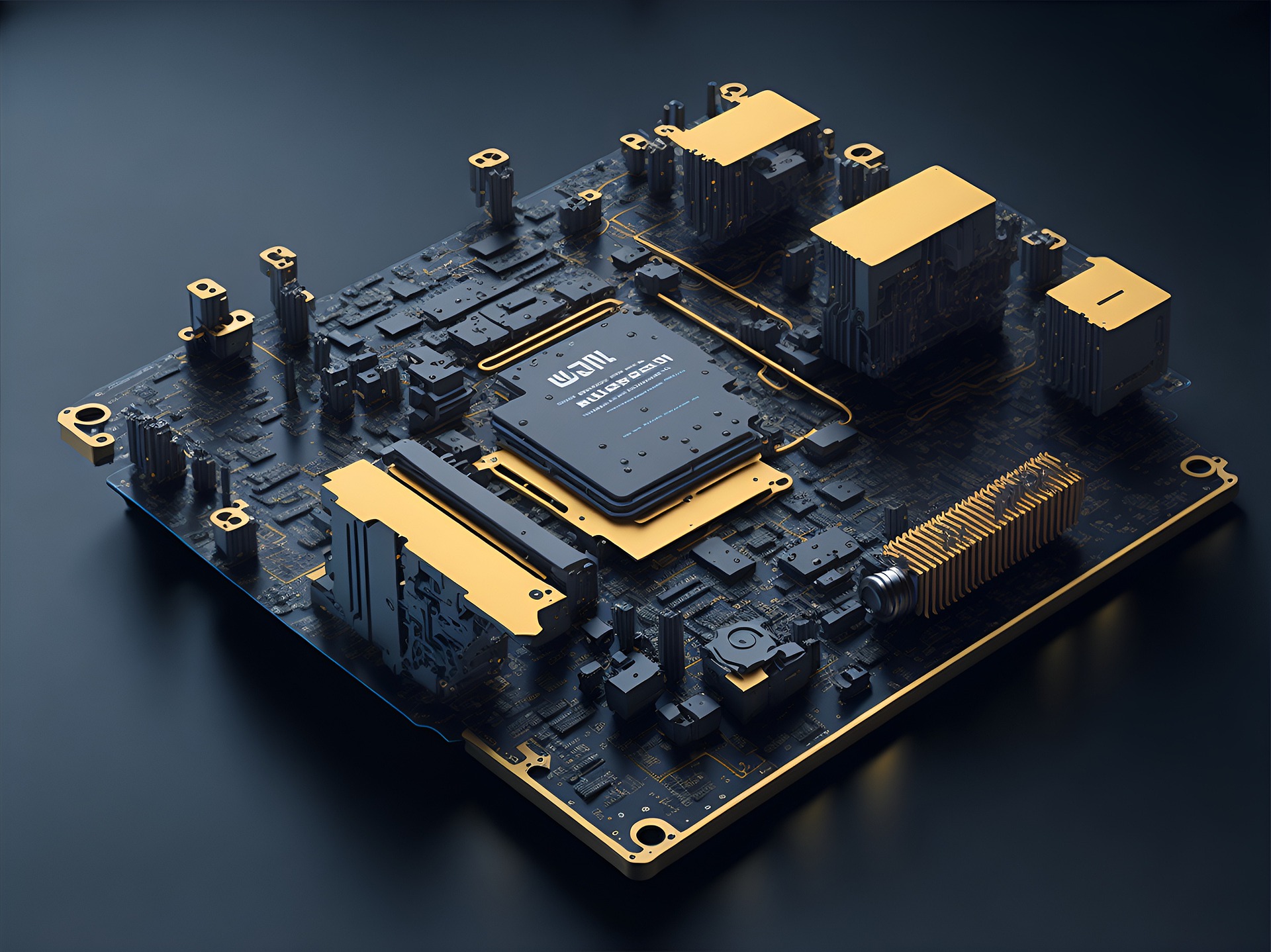"Beyond Silicon: Unveiling the Potential of Gallium Nitride in Electronics"
Introduction: Gallium Nitride (GaN), an unassuming compound, is quietly revolutionizing the electronics industry. Its unique properties are propelling it to become the next big thing in semiconductor technology, promising to reshape the future of power electronics. Read on to discover more about this game-changing material and its potential impact on the technology landscape.

A Glimpse into Gallium Nitride (GaN)
Gallium Nitride is a binary III/V direct bandgap semiconductor. Its wide bandgap properties make it a strong contender in the electronics industry, particularly in high-voltage and high-power applications. The journey towards GaN’s prominence in the industry began in the late 20th century, but it’s only recently that its true potential has been recognized and harnessed.
GaN vs. Silicon: An Unequal Match
For decades, Silicon (Si) has been the go-to material in the electronics industry, chiefly due to its abundant availability and stable properties. However, GaN’s superior characteristics, such as high-temperature tolerance, high-efficiency operation, and better performance in terms of speed and power, give it an edge over Silicon. This sets the stage for GaN to potentially replace Silicon in power electronic devices.
GaN in Today’s Tech Landscape
GaN’s impact is already evident across a range of applications—from power electronics to RF devices and optoelectronics. In power electronics, GaN transistors have enabled smaller, more efficient, and more reliable power supplies for data centers, EV chargers, and solar inverters. In the realm of RF devices, GaN has played a crucial role in the development of next-generation radar, satellite, and 5G technologies.
The Market Impact of GaN Technology
The global GaN semiconductor device market is expected to reach $22.47 billion by 2023, growing at a CAGR of 29.2% from 2017 to 2023, according to a report by Allied Market Research. The electronics industry is increasingly adopting GaN due to its superior performance, efficiency, and reliability. Despite its higher initial cost, the long-term benefits of GaN, such as lower energy consumption and longer device lifespan, make it a cost-effective choice.
The Future of GaN in Electronics
As research continues and manufacturing processes improve, we can expect to see GaN’s presence grow in the electronics industry. The compound’s unique properties open the door to a range of future applications, including ultra-fast charging for electric vehicles, high-frequency 5G networks, and energy-efficient data centers. While it’s still early days for GaN technology, its potential is vast and exciting.
In conclusion, Gallium Nitride is more than just a promising alternative to silicon. Its unique properties and wide-ranging applications position it as a powerful driver of the next wave of innovation in the electronics industry. As more tech giants adopt GaN, we can expect to see a host of more efficient, reliable, and powerful electronic devices in the near future.






